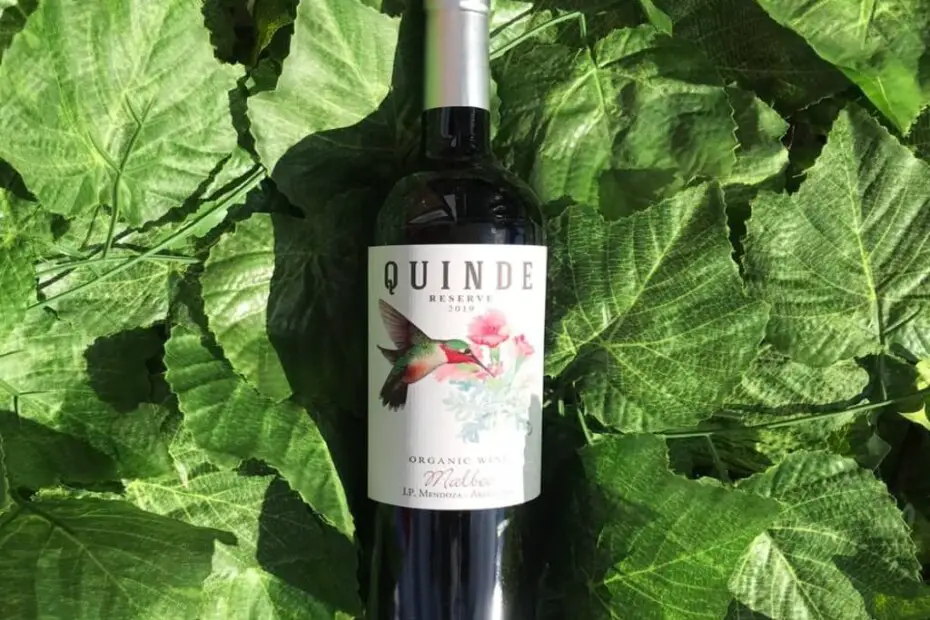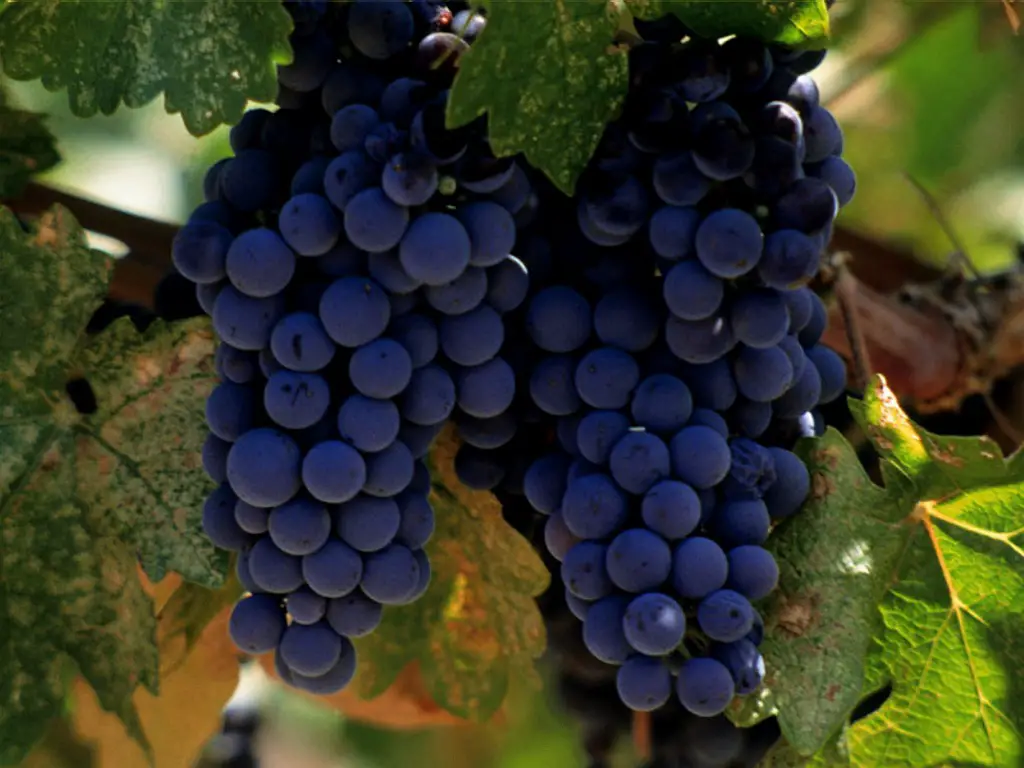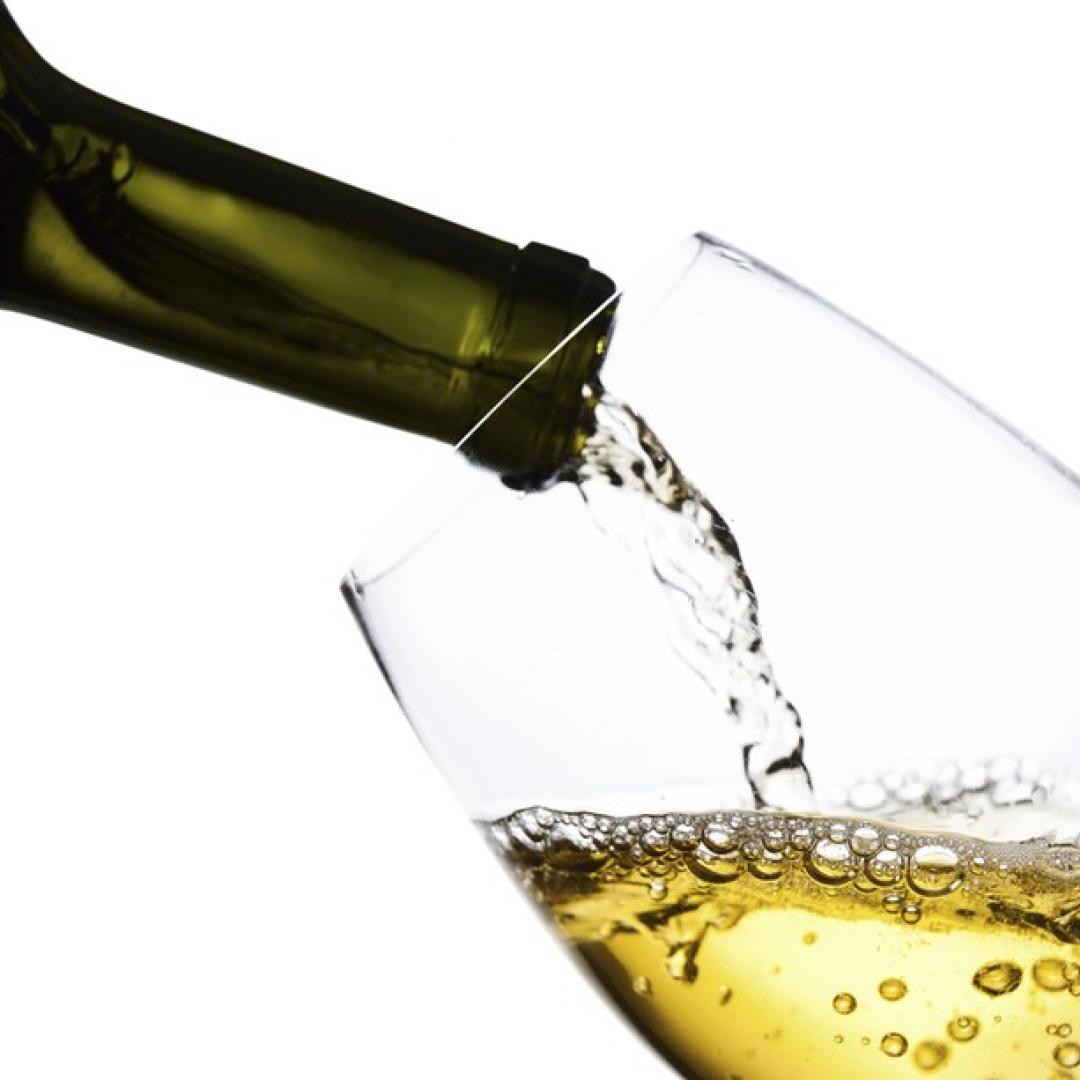have you tried an Organic wine? Organic wine is a more natural wine made with organic farming techniques where pesticides, herbicides, fertilizers and any other toxic products are prohibited.
For the wine to have the denomination of organic wine, the production of the grapes, as well as its vinification process must be certified by private organizations, these organizations guarantee the traceability and the condition of the wine organic of the wine.
En esta nota, encontraras lo siguiente
what is organic wine?
Organic wines are those produced from grapes whose treatment excludes chemical products such as fertilizers, herbicides, pesticides for its elaboration.
For its production, the use of indigenous or selected yeasts is authorized, without genetic modifications, the use of cold, clarification by means of natural proteins or bentonites, filtration with filtering earth and the restricted use of sulfur dioxide.
Origin and History of Organic Wine
In the struggle for the preservation of life on the planet and the care that the Earth should have, winemakers have begun to be more concerned about the environment and their surroundings and have stopped using certain pesticides and pesticides.

Thus organic wines emerge, a trend of return to the natural origin of wine and its method of production, in which the cultivation of vines is done without the use of chemicals and instead natural winemaking methods are implemented.
These wines come from crops in which the vine is of local origin, so it is perfectly adapted to the environment, climate and soil, being resistant and offering quality without the need to add additional products.
Countries such as Chile and Argentina use these artisanal or manual methods for the elaboration of their wines, which is why their fame and consumption has been growing, to such an extent that even fairs are held to make known what the wineries have to offer.
Characteristics of Organic Wine
Organic wine is very similar to conventional wine, but it could be said that the production process is cleaner and privileges the protection of environmental quality.
- Avoid waste of resources
- The vine grows properly
- Grape size is ideal
- No use of chemicals
- Crops are observed for 3 years to obtain organic certification
- Low levels of sulfite compounds are used
- Biodiversity is encouraged within the vineyards to reduce pests
- Nourish soils through composting
- Limit the growth of weeds and the appearance of insects harmful to grape crops by introducing clover and rye grass
Color, flavor and aroma of organic wine
Organic wine is similar to wine made with traditional methods.
- Sight: Deep ruby red color
- Nose: Ripe plum aromas escorted by the spices of medium toasted French oak.
- Palate: It presents tannic kindness with good intensity, it is a very pleasant and bright wine.
Alcohol Content of Organic Wine
Organic wine is a very pleasant wine with well-marked tannins that make it profile within an alcohol content of 14%.
Types of Organic Wines
Organic wine is very similar to the traditional one, so you can find within its natural variety Red, White, Sparkling and Rosé wines.
Red
They are elaborated with hand-harvested grapes, fermented in stainless steel vats respecting the organic elaboration standards
White
They are made with hand-harvested grapes under organic production standards
Sparkling
They are made with hand-harvested grapes, fermented in stainless steel tanks with its own yeasts at a controlled temperature between 8º C – 14º C.
Rosé
They are made with hand-harvested grapes with constant and meticulous control to obtain a balanced ratio of production and quality. They are stabilized in tanks at low temperatures so as not to lose the aromas extracted during fermentation.
Organic Wine Pairing
Organic wines are very pleasant wines that are easily combined with any type of dish, thanks to their variety and delicate elaboration process, their quality and flavor make them an ideal companion when enjoying a good meal.

Red wine
Its flavor and quality make it a good companion to enjoy a main dish
- Meat: A delicious companion when tasting meat in any presentation
- Pasta: It combines perfectly especially with tomato-based sauces
- Pork: They combine harmoniously combining their flavors
- Chicken: Ideal to accompany a stewed chicken dish
- Ham: Especially with cured hams
- Cheese: Ideal to accompany a hard cheese
White
Its delicacy and delicious flavor make it the ideal companion when enjoying a pleasant moment
- Fish: A good companion that combines perfectly
- Seafood: A good combination that achieves the perfect balance of flavors
- Pasta: Especially with pasta with white sauces
- Cured meats: Its flavor combines perfectly with the acidity and fat of the sausages
- Olives: Always a good ally when it comes to enjoying olives
Sparkling
Sparkling wine is synonymous with celebration and elegance, so any dish pairs perfectly with sparkling wine
- Rice: An excellent accompaniment
- Fish: Interesting combination with blue or fatty fish, since the effect of the carbon dioxide helps to compensate the fatty sensation in the mouth
- Seafood: Very interesting harmony, the wine helps to enhance the flavor and aromatic intensity of the seafood
- Meat: The harmony of sparkling wine with poultry and white meats stands out
- Pasta: It is always a good accompaniment to this food that makes more than one person rave
- Desserts: Any dessert combines perfectly with the delicate flavor of sparkling wine
Rosé
Its charm and sweet versatility make it a delicate companion
- Salads: Freshness and sweetness are mixed creating a delight to the palate
- Fish: They combine harmoniously delighting everyone
- Seafood: Delicious combination that seduces
- Cheese: Good combination especially with goat cheese
- Desserts: Any dessert combines perfectly with the delicate flavor of rosé wine
how is organic wine made?
The elaboration of organic wine does not differ greatly from traditional winemaking techniques. The taste of organic wine is exactly the same as traditional wine, they differ in the production process that is cleaner and favors the care of the environment but organoleptically it is difficult to find differences.
It is usually fermented in stainless steel vats with indigenous yeasts, seeking the maximum exaltation of the terroir, managing the temperature to achieve the fruity characteristics of its vines.
It then undergoes a maturation phase of 6 months in French oak barrels and then rests for 3 months in ecological bottles of lesser thickness to improve the recycling of the glass.
Characteristics of the grapes used to make organic wine
Organic wines are mainly made with Malbec, Merlot, Cabernet Sauvignon, Cabernet Franc, Pinot Gris, Sauvignon Blanc grapes.
Malbec
It has its history and origin in Bordeaux, but today to speak of Malbec is to speak of Argentina.
- Small to medium-sized bunches of high compactness and very short peduncle
- Large berries of uniform size
- Blue-black epidermis
- With easy pedicel detachment
- Vigorous strains
- Very sensitive to downy mildew and especially to gray rot
Merlot
This vine has its origin in the southwest of France, and is the most used in its original area.
- Medium to small clusters of average compactness
- Small, rounded elliptical berries, very uniform in size in the cluster
- Difficult to detach
- Thick skin and blue-black color
- Highly vigorous vines with an upright to semi-upright habit that can become dormant if not well trained
- Not very sensitive to wood diseases
Cabernet Sauvignon
A vine variety originating in the Bordeaux area whose origin is the crossing of Cabernet Franc with Sauvignon Blanc.
- Small cone-shaped clusters of medium compactness
- Small berries
- Flesh slightly colored at maturity, not pigmented in its first stages since veraison
- Susceptible to eutypiosis, downy mildew and powdery mildew
- Resistant to rot
Cabernet Franc
One of the most widely planted red grapes in the world
- Clusters of medium size and medium compactness
- Small berries, circular in section
- Blue-black epidermis
- Non-pigmented pulp, soft but slightly firm and very juicy
- Vigorous vines with little branching
- Very sensitive to excoriosis and wood fungus complex
Pinot Gris
- Small to very small, clearly cylindrical clusters
- Small berries with circular section and slightly elliptical profile
- Compact, juicy and very aromatic flesh
- Medium-low vigorous vines with upright growth habit
- Resistant to winter frosts
Sauvignon Blanc
Vine of French origin with good production potential and quality.
- Small, very compact and uniform clusters
- Small berries with rounded elliptical shape
- Green epidermis
- Pulp without pigmentation, consistent but very juicy with a clear fruity and aromatic flavor
- High vigorous vines with very high production and yields
- Requires loose soils that are not very fertile and do not tend to waterlogging
- Sensitive to grape moth, cicadellids and spider mites
Organic wine temperature
Organic wine is a very pleasant wine that can be served at a temperature between 16°C – 18°C (64°F – 64°F).
Price and best brands of Organic wine
Organic wine is an affordable wine whose price can vary between 150 pesos and 800 pesos.
Lagarde Organic Rosé 2018
This is a clear, luminous and bright rosé wine with aromas of fresh ripe fruits, such as peach and strawberry, with a refreshing and lively flavor and a long and persistent finish 380 $.
Lalalá Malbec 2017
A very fruity, fresh and delicate wine, purple in color with bluish hues, persistent in the mouth, with good acidity, sweet tannins 390 $.
Red Puro Malbec Organic 2015
Purple color with ruby shades, reminiscent of red fruits, plums and aromas of red flowers. Elegant structure, balanced, with notes of French oak and a marked spicy flavor 255 $.
Plenilunio Malbec Organic 2014
A red wine with a lot of class and distinction that you must taste and enjoy. 420 $.
Supernatural Red 2018
A red wine with an intense and fresh presence on the nose, with red and black fruits and a mix of flowers and spices. A voluminous wine on the palate, with powerful, rough tannins that leave a slight astringent sensation 350 $.





